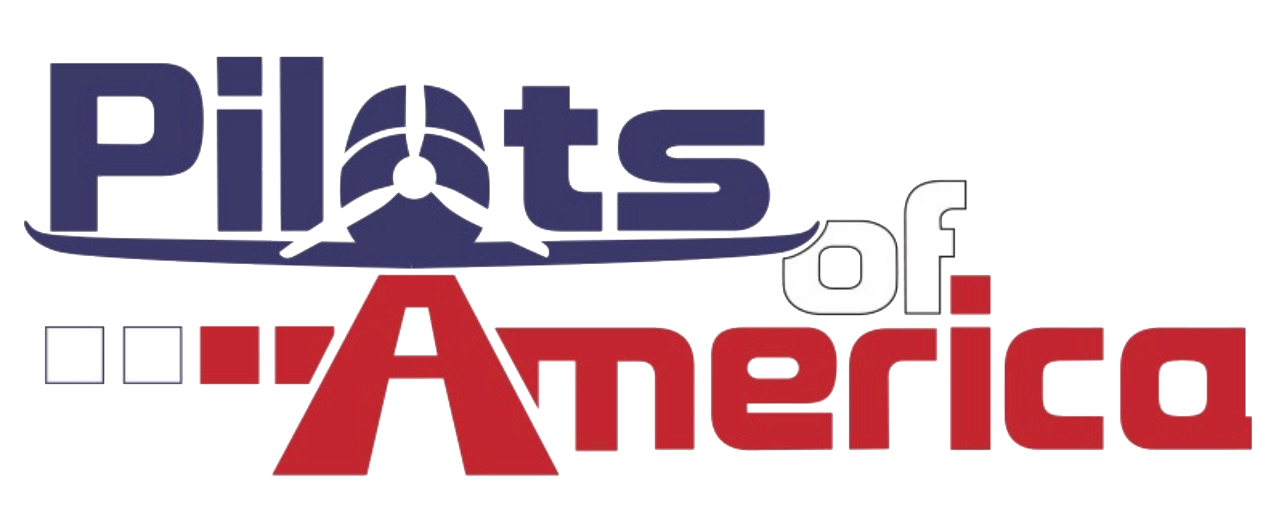Archimago
Pre-takeoff checklist
I'm reading the break-in instructions for my Superior Millennium 0-320 cylinders and everything makes sense so far except:
"At no time should cylinder head temperature be allowed to exceed original airframe equipment
manufacturer recommended maximum cruise limit."
Its one hell of a sentence that seems to mix CHT with cruise limits? I am confused.
This engine is in a 74' Grumman AA5 Traveler. I am looking through the POH and can't find anything about CHT's and there is not a CHT gauge in the original equipment that the manual would refer to. (I am having one added for obvious reasons).
It seems like Millennium would know at what temperatures their cylinders would melt away, more so then the engineers from 1974 proposing limitations on a different make of cylinder i.e Lycoming.
"At no time should cylinder head temperature be allowed to exceed original airframe equipment
manufacturer recommended maximum cruise limit."
Its one hell of a sentence that seems to mix CHT with cruise limits? I am confused.
This engine is in a 74' Grumman AA5 Traveler. I am looking through the POH and can't find anything about CHT's and there is not a CHT gauge in the original equipment that the manual would refer to. (I am having one added for obvious reasons).
It seems like Millennium would know at what temperatures their cylinders would melt away, more so then the engineers from 1974 proposing limitations on a different make of cylinder i.e Lycoming.
